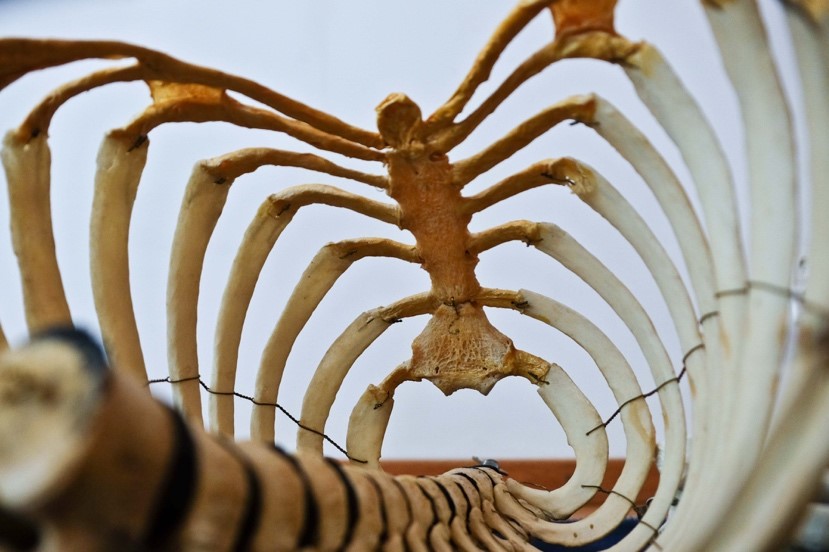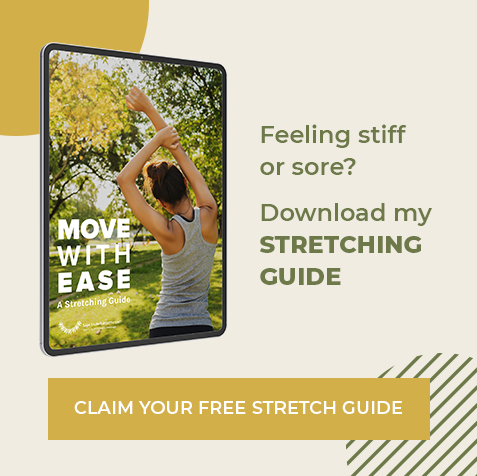It may not be the first thing you think about – getting massage work on your ribs. And then you may think, wait a minute, don’t I get that on my back when I get a massage?
Breathing. That’s fairly important. And it’s the ribs that expand the lungs from above and the diaphragm that expands the lungs from below. Watch a child breathe and see how effortlessly their ribs move… or how soft their ribs feel.

The rib work I am talking about is very specific to the ribs, not incidental. Rib work can increase the mobility of the spine, make it easier to breathe, release the diaphragm and relax the shoulders.
As always, movement is medicine. Keeping tissues moving past each other improves circulation at the cellular level, keeps nerve endings free and proprioceptive cells providing accurate feedback. So let’s talk about some specifics.
Natural Rib Movement
How many of you know that a decent part of your ribs are made of cartilage? The ribs that connect to your sternum, connect via the costal cartilage (you can see it as the thinner areas in the ribcage above). which makes up a goodly amount of the front of your ribs.
And the ribs connect to the sternum and spine by ligaments. And just like all of the other joints in your body, ligaments allow joints to move. Some of your ribs are designed to move up and down as you breathe, like the handle on a bucket they rise up from bucket allowing your lungs to expand. Other ribs are designed to move up and down like a pump handle. And you bottom most ribs are designed to open up from back to front like calipers attached to your spine. All of these movements allow your lungs to expand as you breathe.
Rib Release
Take a moment and put your hands on your ribs and feel these movements.
How would it feel if those movements were easier? Wider? Bigger? Remember that the”thoracic” spine – or where ribs attach to the vertebrae, is limited in motion. SO from my perspective, we want to preserve and encourage as much motion through these structural elements, as well as for breathing.
So what can affect the movement of the ribs? There are many muscles associated with the back, chest or shoulders that layer themselves over the ribs. These can certainly have an effect on rib mobility and should be released when increasing rib mobility. These are also the common targets of massage – pecs, traps, erectors.
Shoulders, neck and back are where we all carry a certain amount of tension and are impacted by work. The most commonly reported/requested areas of treatment. Adding an element of rib release to the treatment of these areas results in a more complete release and sense of ease.
Now let’s talk about muscles that are less commonly recognized and released, the intercostals and diaphragm.
Intercostals
The intercostals are the muscles between your ribs. These muscles help to expand and contract your ribs through the breathing cycle. For people with breathing disorders, these muscles tend to gradually tighten up loosing the bucket handle, pump handle and caliper movements, depending more on muscles in the neck to literally lift the ribcage while breathing.
I can work with your breathing to release the intercostals on the front, side and back of the ribcage. Not only does releasing these muscles make it easier to breathe, it also helps relax the muscles on top of the ribs – pecs and shoulder muscles for instance.
Diaphragm
The diaphragm sits at the bottom of your rib cage. The diaphragm is not only one of the larger muscles in your body, its primary function is to move air into your lungs. Your lungs are attached to your diaphragm and as it pulls down it enlarges your lungs literally pulling air into your lungs.
Needless to say, you want your diaphragm as mobile as possible to maximize breathing ease. I find many people that have restrictions on the right side of their diaphragm just in front of their liver. It is fairly straight forward to release the diaphragm, which again results in an increased freedom of movement.
So take a moment and breathe deeply and think about whether you would benefit from a bit of rib work in your next session!

